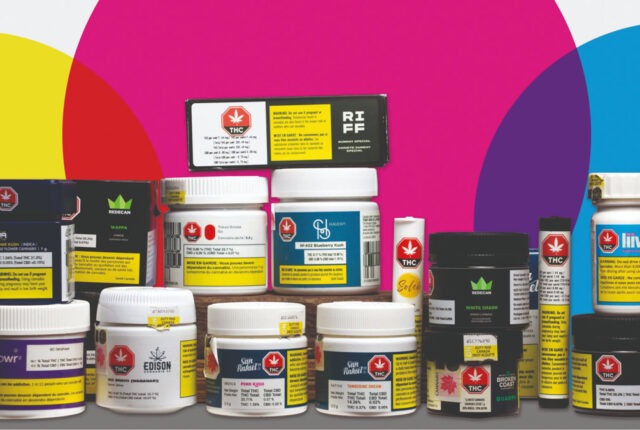All paper and cardboard packaging made in Canada in 2011 and 2012 contained an average of 76.4% recycled fibres. This was demonstrated by the latest report from The Paper and Paperboard Packaging Environmental Council (PPEC), from information obtained from Canadian plants every two years. The PPEC is an organization that promotes environmental protection to governments on behalf of companies from the paper and cardboard packaging industry in Canada.
This average includes all paper and cardboard packaging that were shipped by plants throughout Canada, whatever the type of paper used, and despite the fact that the average varies from one paper type to the next. Three large categories were defined according to the level of quality of the paper:
- Containerboard contains an average of 81% recycled content, although most plants (8 out of 12) ship paper made from 100% recycled content. No plant uses virgin fibres.
- Boxboard contains an average of 70% recycled content, although most factories (6 out of 10) ship paper made from 100% recycled content. Only one factory uses 100% virgin material, which explains this average.
- Kraft paper contains an average of 35% recycled content. This figure may seem low, but about 50% of content comes from wood chips and sawmill residues (that don’t need to be recycled because they haven’t been transformed), and not from fresh trees.
If you’re trying to take the average of all three, you won’t get the same percentage as in the report. The reason for this is that the calculation is done differently. To get 76.4%, the PPEC divides the total number of tons shipped by factories by the number of tons of recycled paper or cardboard used in these shipments. The recycled fibres mainly come from recovered paper.
Recovered paper and recycled paper were topics of this post. In my next article I’ll clarify the difference between those two expressions. IMS prints a good amount of paper labels, so the environment is a concern for us, which is why I’m sharing this with you.






